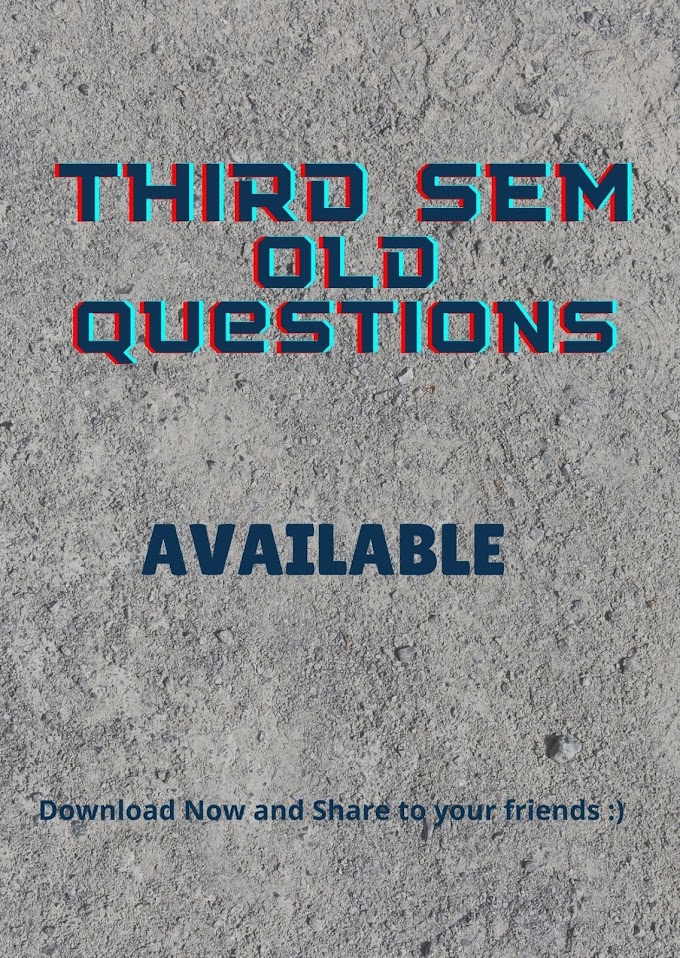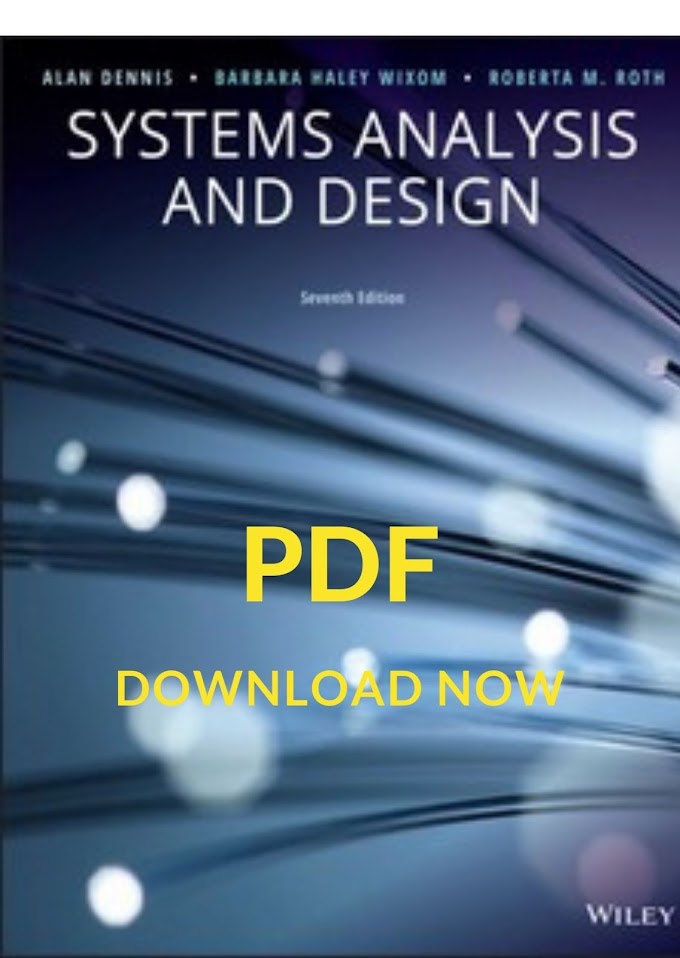Course Title: Digital Logic (3 Cr.)
Course Code: CACS105
Class Load: 5 Hrs./ Week (Theory: 3 Hrs. Practical: 2 Hrs.)
Course Code: CACS105
Class Load: 5 Hrs./ Week (Theory: 3 Hrs. Practical: 2 Hrs.)
Unit I Introduction
1.1 Digital Signals and Wave Forms
1.2 Digital Logic and Operation
1.3 Digital Commser mid Integrated Circuit, (IC)
1.4 Clock Wave Form
Unit 2 Number Systems
2.1 Binary, Octal. & Hexadecimal Number Systems and 'Their Conversions
2.1.1 Representation of Signed Numbers-Floating Point Number
2.1.2 Binary Arithmetic
2.2 Representation-of BCD-ASCII-Excess 3 -Gray Code -Error Detecting and Correcting Codes
.
2.1.1 Representation of Signed Numbers-Floating Point Number
2.1.2 Binary Arithmetic
2.2 Representation-of BCD-ASCII-Excess 3 -Gray Code -Error Detecting and Correcting Codes
.
Unit 3 Combinational Logic Design
3.1 Basic Logic Gates NOT, OR and AND
3.2 Universal Logic Gates NOR and NAND
3.3 EX-OR and EX-NOR Gates
3.4 Boolean Algebra
3.4.1 Postulates .& Theorems
3.4.2 Canonical Forms Simplification of Logic Functions
3.5 Simplification of Logic function using K-Map
3.5.1 Analysis of SOP and POS Expression
3.6 Implementation of Combinational Logic Functions
3.6.1 Encoders & Decodes
3.1 Basic Logic Gates NOT, OR and AND
3.2 Universal Logic Gates NOR and NAND
3.3 EX-OR and EX-NOR Gates
3.4 Boolean Algebra
3.4.1 Postulates .& Theorems
3.4.2 Canonical Forms Simplification of Logic Functions
3.5 Simplification of Logic function using K-Map
3.5.1 Analysis of SOP and POS Expression
3.6 Implementation of Combinational Logic Functions
3.6.1 Encoders & Decodes
3.6.2 half Adder. & Full Adder
3.7 Implementation of Data Processing Circuits
3.7.1 Multiplexers and De-Multiplexers
3.7.2 Parallel Adder -Binary Adder-Parity Generator / Checker-Implementation of Logical Functions Using Multiplexers.
3.8 Basic Concepts of Programmable Logic
3.8.1 PROM
3.8.2 EPROM
3.8.3 PAL
3.8.4 PLA
3.7 Implementation of Data Processing Circuits
3.7.1 Multiplexers and De-Multiplexers
3.7.2 Parallel Adder -Binary Adder-Parity Generator / Checker-Implementation of Logical Functions Using Multiplexers.
3.8 Basic Concepts of Programmable Logic
3.8.1 PROM
3.8.2 EPROM
3.8.3 PAL
3.8.4 PLA
Unit 4 Counters & Registers
4.1 RS. JK, JK Master - Slave. I) & T Flip flops
4.1.1 1 evel Triggering and Edge Triggering
4.1.2 Excitation Tables
4.2 Asynchronous and Synchronous Counters
4.2.1 Ripple Counter Circuit and State Diagram and Timing Waveforms
4.2.2 Ring Counter: Circuit and State Diagram and Timing Wavefomts
4.2.3 Modulus 10 Counter. Circuit and State Diagram and Timing Waveforms
4.2.4 Modulus Counters (5, 7. II) and Design Principle, Circuit and State Diagram
4.2.5 Synchronous Design of Above Counters. Circuit Diagrams and State Diagrams
4.3 Application &Counters
4.3.1 Digital Watch
4.3.2 Frequency Counter
4.4 Registers
4.4.1 Serial in Parallel out Register
4.4.2 Serial in Serial out Register
4.4.3 Parallel in Serial out Register
4.4.4 Parallel in Parallel out Register
4.4.5 Right Shift.,Left Shill Register
4.1 RS. JK, JK Master - Slave. I) & T Flip flops
4.1.1 1 evel Triggering and Edge Triggering
4.1.2 Excitation Tables
4.2 Asynchronous and Synchronous Counters
4.2.1 Ripple Counter Circuit and State Diagram and Timing Waveforms
4.2.2 Ring Counter: Circuit and State Diagram and Timing Wavefomts
4.2.3 Modulus 10 Counter. Circuit and State Diagram and Timing Waveforms
4.2.4 Modulus Counters (5, 7. II) and Design Principle, Circuit and State Diagram
4.2.5 Synchronous Design of Above Counters. Circuit Diagrams and State Diagrams
4.3 Application &Counters
4.3.1 Digital Watch
4.3.2 Frequency Counter
4.4 Registers
4.4.1 Serial in Parallel out Register
4.4.2 Serial in Serial out Register
4.4.3 Parallel in Serial out Register
4.4.4 Parallel in Parallel out Register
4.4.5 Right Shift.,Left Shill Register
Unit 5 Sequential Logic Design
5.1 Basic Models of Sequential Machines
• Concept of State
• State Diagram
5.2 State Reduction through Partitioning and Implementation of Synchronous Sequencial Circuit
5.3 Use of Flip-Flops in Realizing the Models
5.4 Counter Design
5.1 Basic Models of Sequential Machines
• Concept of State
• State Diagram
5.2 State Reduction through Partitioning and Implementation of Synchronous Sequencial Circuit
5.3 Use of Flip-Flops in Realizing the Models
5.4 Counter Design








0 Comments